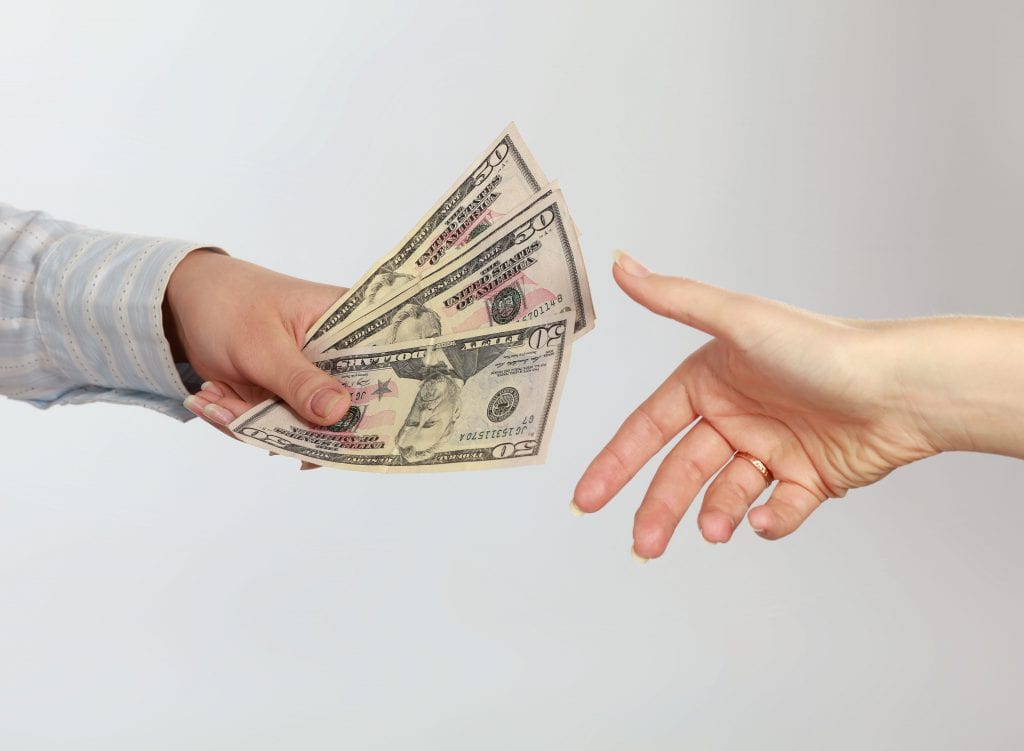There are changes happening all over the world in every industry, and microfinance is no exception. Microfinance has and is still experiencing swift expansion and evolution in delivering low-cost financial services while staying true to its humble beginnings. The increasing demand for microfinance would not have occurred if not for the resistance from other intermediaries within the industry such as financial bankers, governments and lending agencies.
What is microcredit?
By definition, microcredit is the granting of small loans, sometimes known as microloans. They are often extended to impoverished individuals who do not have the collateral to secure traditional loans or those who do not have a steady income and supportive credit history for the approval process.
From inception, the concept of microcredit began as a non-profit service issuing microfinancing loans. However, by the 1980’s, neoliberal economics shifted economic thinking from the public to the private sector, consequently influencing the financial model adopted by microcredit organisations. This approach was promoted by the Harvard Institute for International Development and has since become the dominant ideology within the microcredit sub-industry.
Microfinance is based on the concept of simplifying traditional aids to create a more sustainable industry; lower costs means that lower interest rates are charged. Microfinance is vastly different when compared to full-scale banking institutions as commercial loans often charge much higher interest rates to pay for the infrastructure and operational expenses associated with running a bank.
Microfinancing, similar to other uninsured investments, is still subject to risks. However, based on past performances, 97 percent of low-income borrowers have paid their loans in full.
How can microfinance make a difference?
Microloans are usually given to poor citizens, usually women, in various developing parts of the world. Micro Credit Enterprises (MCE), which accounts for roughly 5 percent of all micro investments, provides loans to the working poor in many countries like Armenia, Azerbaijan, Bangladesh, Bolivia, Cambodia, Ecuador, Honduras, Indonesia and Mozambique. Their belief is that a little bit of money can go a long way and that they have affected many peoples’ lives all over the world for the better.
A good example of how microfinance can change lives is Nelida Espinoza Flores, a 38-year-old Peruvian woman. Nelida borrows $115 to buy Jell-O and other snacks to resell. She spends about $5 a day on supplies, which result in between $10 and $13 in sales. We may not think a lot of this, but at the cost of a few cups of coffee, Nelida can drastically improve her life due to the initial loan.
Microworld.org recently surveyed Muhammad Yunus founder of Grameen Bank and pioneer of the microcredit and microfinance concepts. Muhammad was shocked to discover that the entire combined borrowing needs of 42 women from impoverished backgrounds amounted to the equivalent of US$27. Muhammad found that by lending them the money from his own pocket at zero interest, he enabled the women to sell their handcrafted goods for a reasonable price and break out of the lifelong cycle of debt. From humble beginnings and seeing the value in helping the less fortunate, Muhammad Yunus was able to effect real change and grow his Microcredit organisation into what it is today.
At Novatti, we work with developing or highly unbanked regions every day. We are always seeking partners that share our vision to improve accessibility to modern financial services, which can make a positive social impact on their local economies.
